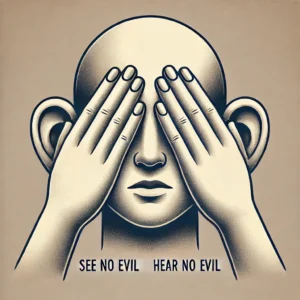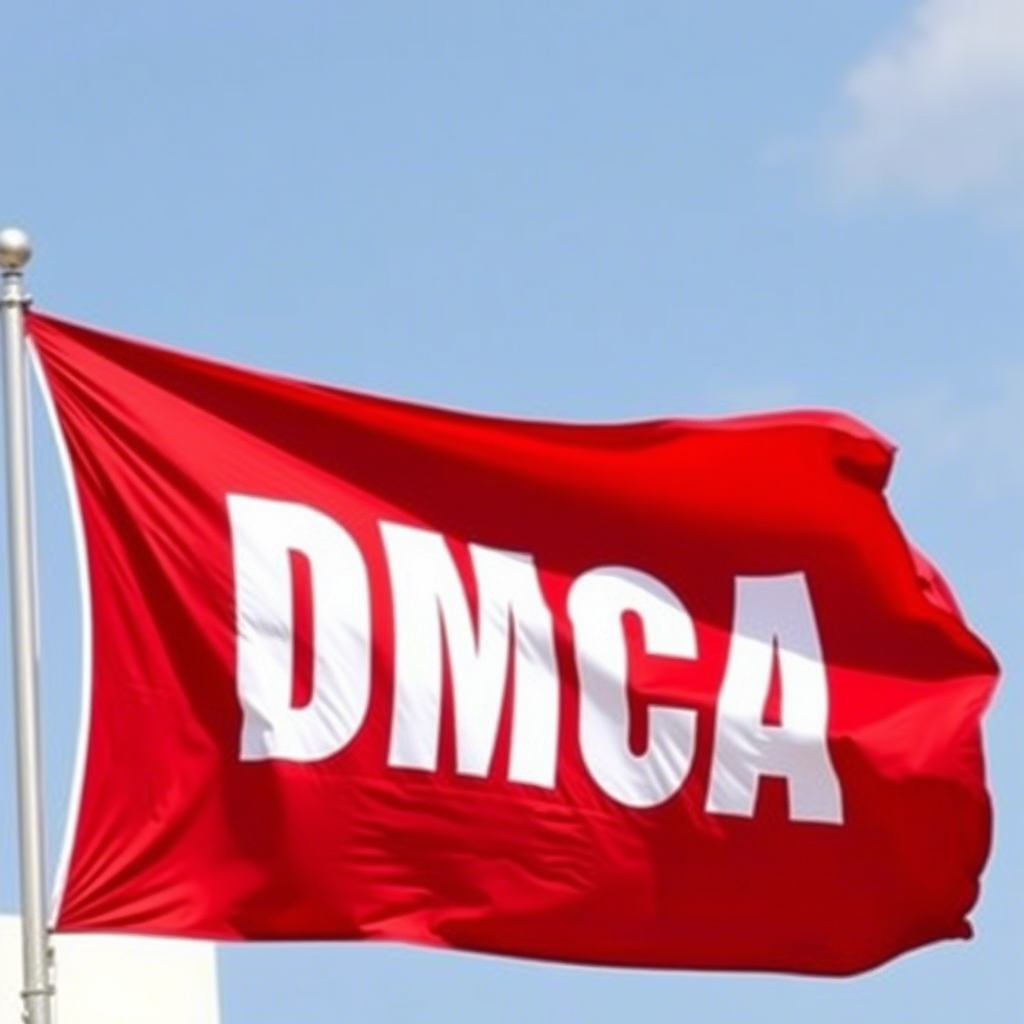There was a period from roughly 2010 to 2016 when it seemed like I was posting on the DMCA take-down system every few months. Many of these posts focused on the Viacom v. Youtube litigation in the Second Circuit. See here, here, here and here. This massive litigation ended with a settlement in 2014. Nevertheless, before the case settled the Second Circuit issued a significant decision, establishing an important precedent on application of the Digital Millennium Copyright Act.
The Second Circuit’s January 13, 2025 decision in Capitol Records v. Vimeo – written by Judge Pierre Leval, the Second Circuit’s widely acknowledged authority on copyright law – feels like déjà vu. Fifteen years after Capitol Records filed suit the court has reaffirmed and expanded upon the DMCA safe harbor principles it established thirteen years ago in YouTube. Yet the Vimeo decision addresses novel issues that highlight how both technology and legal doctrine have evolved since the YouTube era.
Building on Youtube’s Foundation
In its 2012 decision in Viacom v. YouTube, the Second Circuit ruled that to overcome an internet provider’s DMCA safe harbor protection requires copyright owners to show either that a platform had actual knowledge of specific infringements or that infringement would be “obvious to a reasonable person” – so-called “red flag knowledge.” Generalized awareness that infringement has occurred on a platform wasn’t enough. This framework has served as primary guidance during the explosive growth of user-generated content over the past decade.
Vimeo: New Technology, New Challenges
The Vimeo case presented similar issues but in a transformed technological landscape. Capitol Records asserted that Vimeo lost safe harbor protection because its employees interacted with 281 user-posted videos containing copyrighted music. While YouTube dealt with a nascent video-sharing platform, Vimeo involved a sophisticated service with established content moderation practices.
The court’s analysis of “red flag” knowledge builds on YouTube while providing important new guidance. Employee interaction with content through likes, comments, or featuring videos doesn’t create red flag knowledge. Copyright owners must now prove “specialized knowledge,” and basic copyright training or work experience isn’t enough to establish the expertise needed for this level of knowledge. Even obvious use of copyrighted music doesn’t create red flag knowledge given the complexity of fair use determinations, with the court specifically citing the recent Warhol case where copyright experts split on fair use analysis.
While YouTube focused primarily on knowledge standards, Vimeo tackles a critical question for modern platforms: how much content moderation is too much? The court held that basic curation—like featuring videos in “Staff Picks” or maintaining community standards—won’t strip safe harbor protection. It left open whether more aggressive moderation or encouraging specific types of potentially infringing content might cross the line.
See No Evil, Hear No Evil
However, the decision also creates incentives for platforms to minimize their oversight of copyrighted uploads to avoid triggering red flag liability: by limiting active monitoring or interaction with user-generated content, platforms can reduce the risk of being deemed to have actual or red flag knowledge of infringement. This has the effect of reinforcing the DMCA’s notice-and-takedown framework as the primary mechanism for addressing copyright infringement. Platforms like Vimeo are likely to choose to rely more heavily on this reactive system rather than implementing robust preemptive measures.
active monitoring or interaction with user-generated content, platforms can reduce the risk of being deemed to have actual or red flag knowledge of infringement. This has the effect of reinforcing the DMCA’s notice-and-takedown framework as the primary mechanism for addressing copyright infringement. Platforms like Vimeo are likely to choose to rely more heavily on this reactive system rather than implementing robust preemptive measures.
AI and the Future of Safe Harbor
The Vimeo decision leaves open an increasingly important question: how will courts apply these standards as platforms adopt artificial intelligence for content moderation? While the court focused on human knowledge and interaction, modern platforms increasingly rely on automated systems to identify potential infringement. Future litigation will likely need to address whether AI-powered content recognition creates the kind of “specialized knowledge” that might lead to red flag awareness, and whether algorithmic promotion of certain content categories could constitute “substantial influence.”
While Vimeo expands on YouTube’s framework, both cases highlight a fundamental flaw in the DMCA safe harbor: the time and cost of litigation effectively nullifies its protections. YouTube took three years to resolve; Vimeo took fifteen. Without legislative clarity on key terms like “red flag knowledge” and “substantial influence,” copyright owners can continue using litigation costs as a weapon against small and mid-sized platforms—exactly what the DMCA was meant to prevent.
As technology advances, particularly in AI-powered content moderation, platforms must carefully balance robust content management with safe harbor compliance. The Vimeo decision provides valuable guidance while highlighting the need for continued evolution in DMCA safe harbor doctrine.
Capitol Records, LLC v. Vimeo, Inc. (2d Cir. Jan. 13, 2025)
